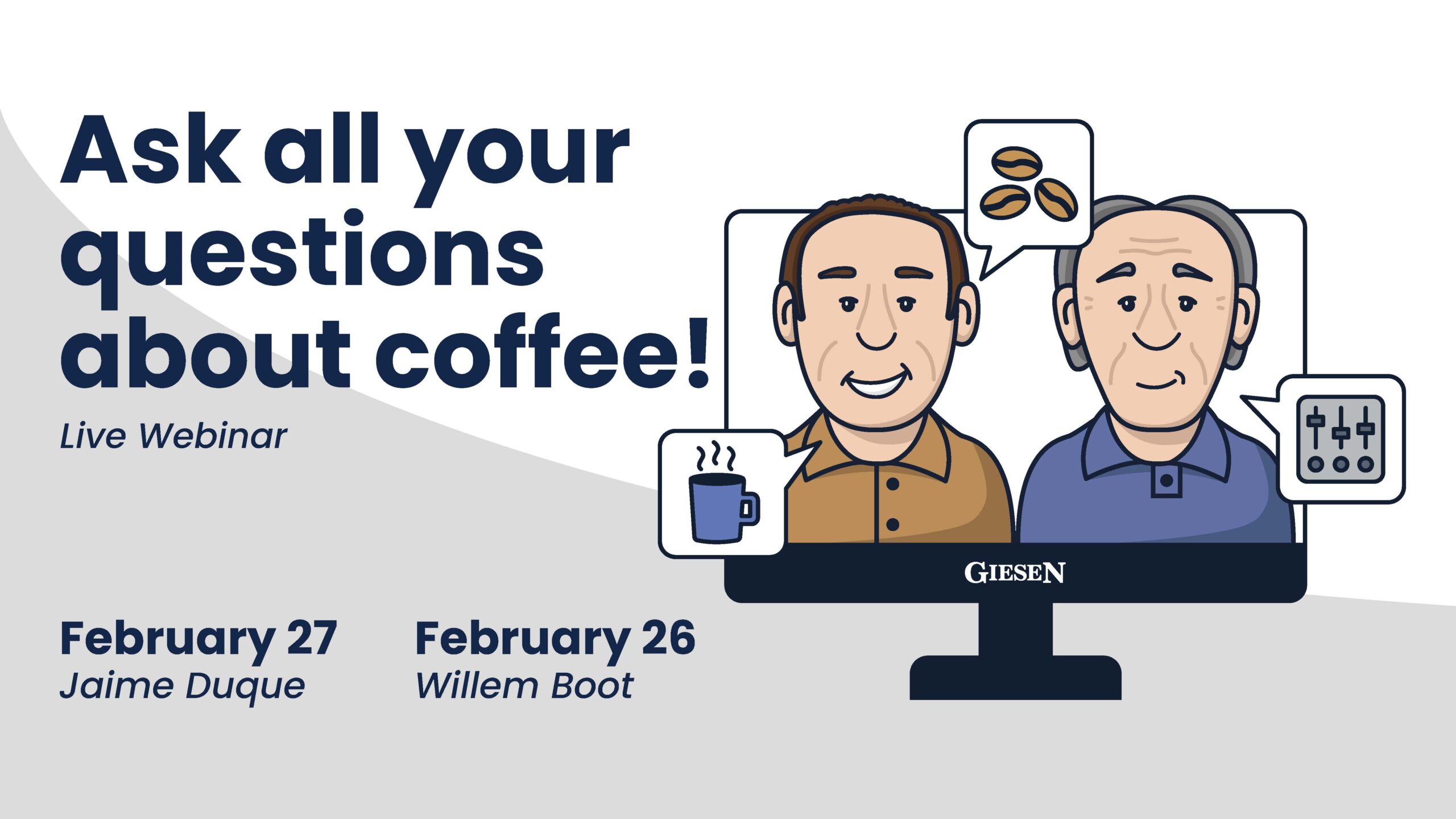Build a Profitable Roasting Business
North America has a tremendous number of coffee roasting companies. Our roasting community is going and growing strong. At Boot Coffee Campus we often hear our students ask a pivotal question: “How can I build a profitable roasting business?”. Let’s review some basic advice to set you up for success. If you want to know more about the basics of coffee roasting, you can read that here in this article.
Step 1: Cup Your Own Coffee.
If you are currently buying your roasted beans elsewhere, then start training your own palate and the taste buds of your staff to identify what makes your coffee unique. Doing this diligently will enable you to prepare adequately for starting your own roasted coffee program. If you are a new coffee entrepreneur, then it’s essential to establish a set of key parameters for the flavour profiles you wish to establish with your roasted coffee program. Ultimately, I believe that being a successful roaster and becoming a proficient cupper go hand in hand.
Step 2: Purchase the right size roasting machine.
Are you planning to purchase a roaster to supply your own cafe with roasted beans or do you envision to start a wholesale business? These fundamental questions obviously have a strong impact on the size of roaster to buy. The Giesen W1A roaster has a maximum batch capacity of about 3 pounds of green beans and per hour this machine allows you to produce up to 15 pounds of green beans or -if you include the shrinkage- up to 12 pounds of roasted beans. If you’re starting a wholesale business, the minimum required roaster size might be the W6A with a capacity of 6 kgs per batch and at four batches per hour and shrinkage of around 15% it will produce up to 45 pounds of roasted beans. Alternatively, there’s the W15A which can produce around 110 pounds per hour.
Step 3: Build your brand.
This involves much more than inventing an appealing name for your business. Creating a brand for your company is like assembling a puzzle with various important building blocks. These include the mission and vision of your company, the key design elements of your packaging, the architecture of your cafe and the training of your staff on how to engage with your customers.
Step 4: Know your COGS.
Unfortunately, too many roasting companies don’t know the cost structure of their products and ultimately they are oblivious about the minimum required gross profit margins they must realize. In the end, there are many additional factors that influence your roasting success.
Willem Boot is a Giesen Ambassador and founder of Boot Coffee Campus in San Rafael.





Dit bericht heeft 2 reacties
How much is the W1A roaster including shipping to Kenya?
Hello Victor,
It’s best you fill in the contact form at the bottom of the page. Then our sales team will contact you as soon as possible.
With kind regards,
Shauni